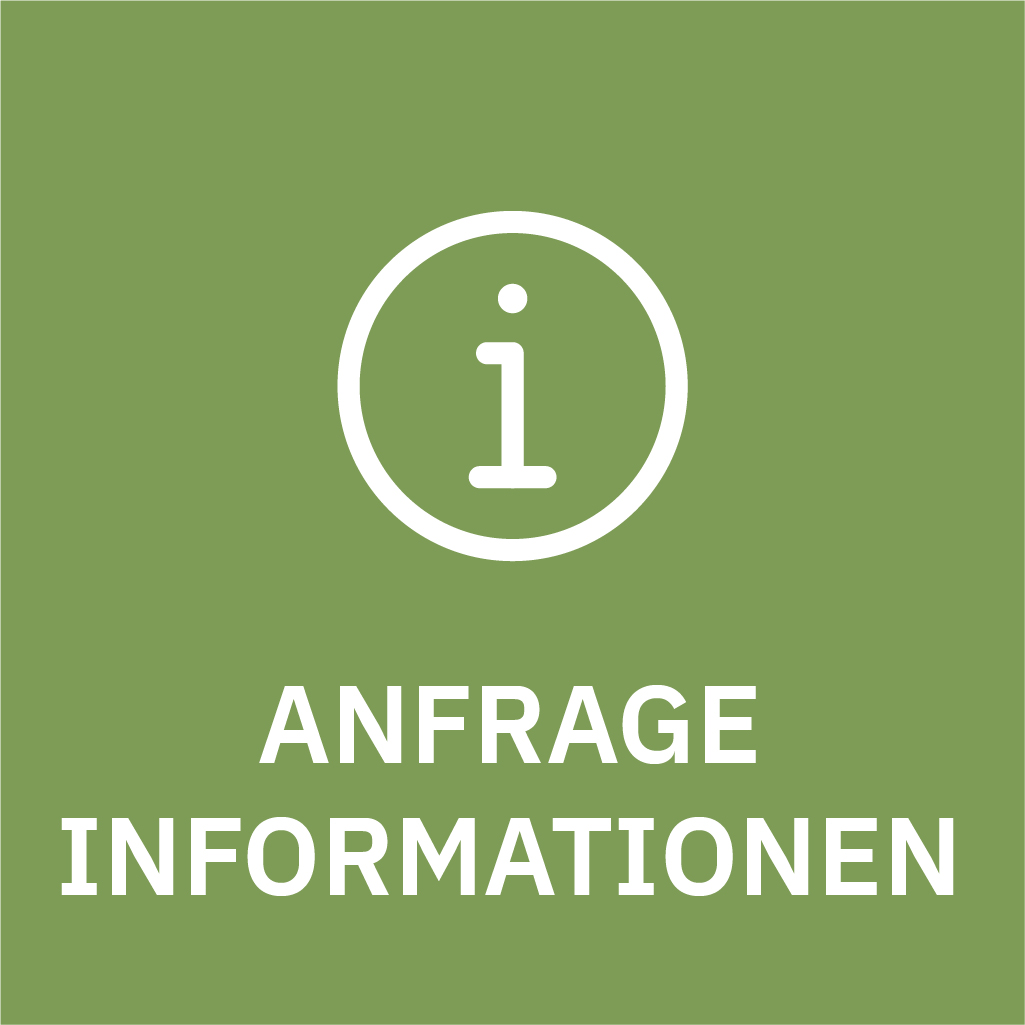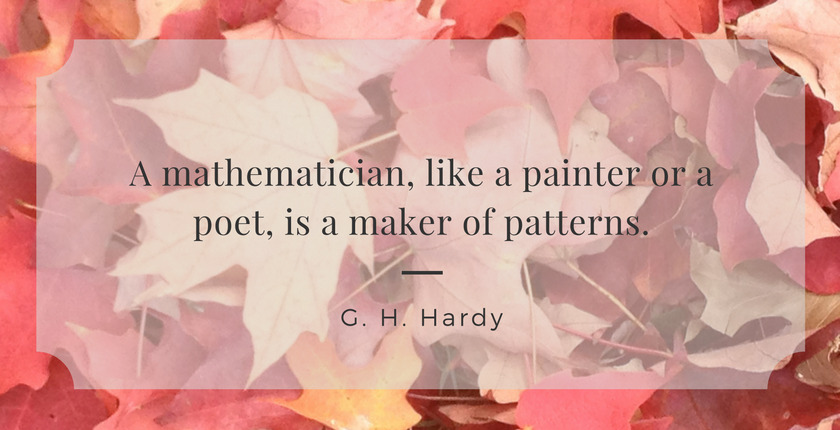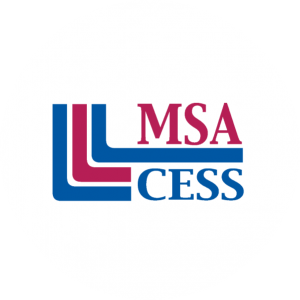By Fruma Taub, Off-Campus Program Advisor, and Michael Weiss, University of Michigan Dept. of Mathematics and School of Education
One of the unintended lessons we accidentally teach our children is that some people are good at math and others aren’t and never will be. This lesson often comes from the experience of having difficulty memorizing “math facts,” completing a timed worksheet, or remembering geometric formulas. Along with this lesson comes a second, equally damaging one: that that’s all there is to math, and that it can’t possibly be interesting. There is some truth to this second lesson, because for the most part worksheets are boring. Fortunately, doing worksheets (or “math fact” video games) is not the same as doing math.
To help spark students’ interest in math, especially when so many have come to believe that it isn’t for them, we looked at some of the most common math myths and what parents and teachers can do to address them.
Myth #1: Speed and memorization are important in math.
More than anything else, math is about recognizing relationships and figuring out what is true: the mathematician G. H. Hardy wrote that “A mathematician, like a painter or a poet, is a maker of patterns.” These are activities that require slow, thoughtful deliberation and reflection, not instant recall. Being “good at math” has very little to do with being fast at math.
Not only is memorizing math facts not essential for students to learn math, it can actually mask deeper problems. We once knew a 3rd grader who couldn’t figure out how many people could sit at seven four-person tables, but when asked “What’s seven times four?,” the child answered immediately “Twenty-eight.” Here was a student who “knew” that 7 × 4 = 28, but couldn’t put that knowledge to use—it was just something that had been committed to memory and could be recited on cue. Likewise, many students learn formulas like the area of a trapezoid without understanding them, relying instead on memory, the least reliable part of our brain. Of course, remembering facts and formulas is not a bad thing—as long as those memories are anchored to some kind of understanding.
Myth #2: Learning math means lots of repetition.
You might wonder, if drill and practice isn’t what kids need, then how can we get them to learn math? The answer is that young kids are naturally curious about the world around them, and numbers and shapes are part of that world. Learning to think about quantities and shapes doesn’t need to be something you force on kids; it can be cultivated in the same way that reading stories to kids can teach them to love literature, or listening to music and visiting museums with them can teach kids a love of the arts. Paul Lockhart, in A Mathematician’s Lament (PDF), compares the way math is commonly taught to music classes in which students never get to hear or play music, or art classes in which students never get to actually draw or paint.
Myth #3: Math is best learned through written materials.
Since math is about figuring things out, one way to help kids learn to think mathematically is to ask them to try to orally figure out the answers to problems for which they haven’t been taught a written “method.” Just as kids learn to speak before they can read or write, and to sing before they can read music, doing math precedes writing math. If you ask children what the biggest number they can think of is, or whether there are any odd numbers whose square is even, or what twenty-five 17s make, they are very likely to come up with a variety of creative approaches, some more efficient than others. Puzzles like these help children build confidence and a deep understanding of how numbers work, and strengthen their ability to perform mental math.
The more kids practice mental and oral math, the more likely they are to naturally remember frequently-occurring “math facts,” helping them develop automaticity without it being forced. In our family, we like to pose these kinds of problems on long family walks, and have introduced our kids to topics ranging from simple arithmetic to fairly advanced algebra. Later, conventional written algorithms can be taught—not as the only way to find answers, but as a means of helping to keep track of and reduce errors in complicated, multi-step problem solving methods.
Suggestions for Dispelling Math Myths
Parents and teachers can create many opportunities for kids to think mathematically without forcing it. Here are just a few suggestions to help you get started:
- Card games like “High Card” (also known as “War”) help young children learn to recognize and compare numbers; as they get older, variations can be introduced in which each player puts out two cards at a time and has to compare the sum, or product, or fraction represented by those two cards.
- Board games like Monopoly and Life involve lots of practice with addition, subtraction, and percents.
- Keeping score in Scrabble, Yahtzee, Milles Bourne and Rummy 500 involve addition and multiplication; for variety, try keeping score using an abacus or poker chips instead of with pencil and paper.
- Cooking creates many natural opportunities for kids to engage in mathematics without it seeming arbitrary or pointless.
- Building with blocks, Legos, and train tracks can create opportunities for kids to analyze complex geometric patterns and multiply-connected three dimensional networks of loops, forks, switches, and junctions.
Further Resources
Some other great sources for sparking mathematical curiosity are The I Hate Mathematics! Book by Marilyn Burns, and the YouTube videos by mathematician Vi Hart who says, “apparently I’ve been faking my way through being a mathematician without having memorized 6 × 7″ in this one on visual multiplication. For more ideas, check out What’s Math Got to Do with It? by Stanford University professor Jo Boaler, as well as Boaler’s website YouCubed.org, which is full of resources for parents and teachers who want to help their students learn to think mathematically. Your Clonlara teacher or advisor can also guide you in finding creative ways to help your children learn math.
Do you have any recommendations to help spark interest in and enthusiasm for math? Please share your thoughts with us below.







